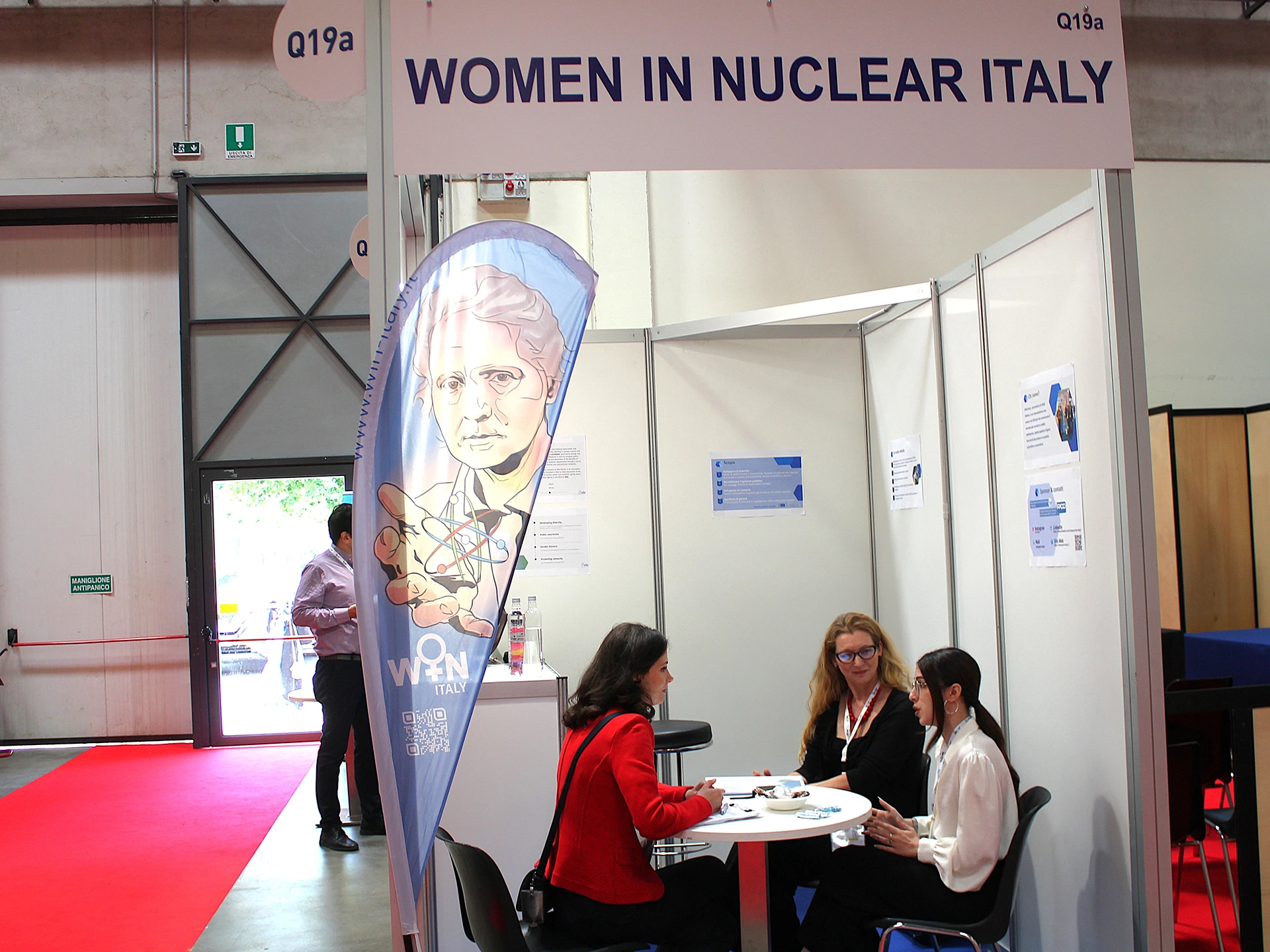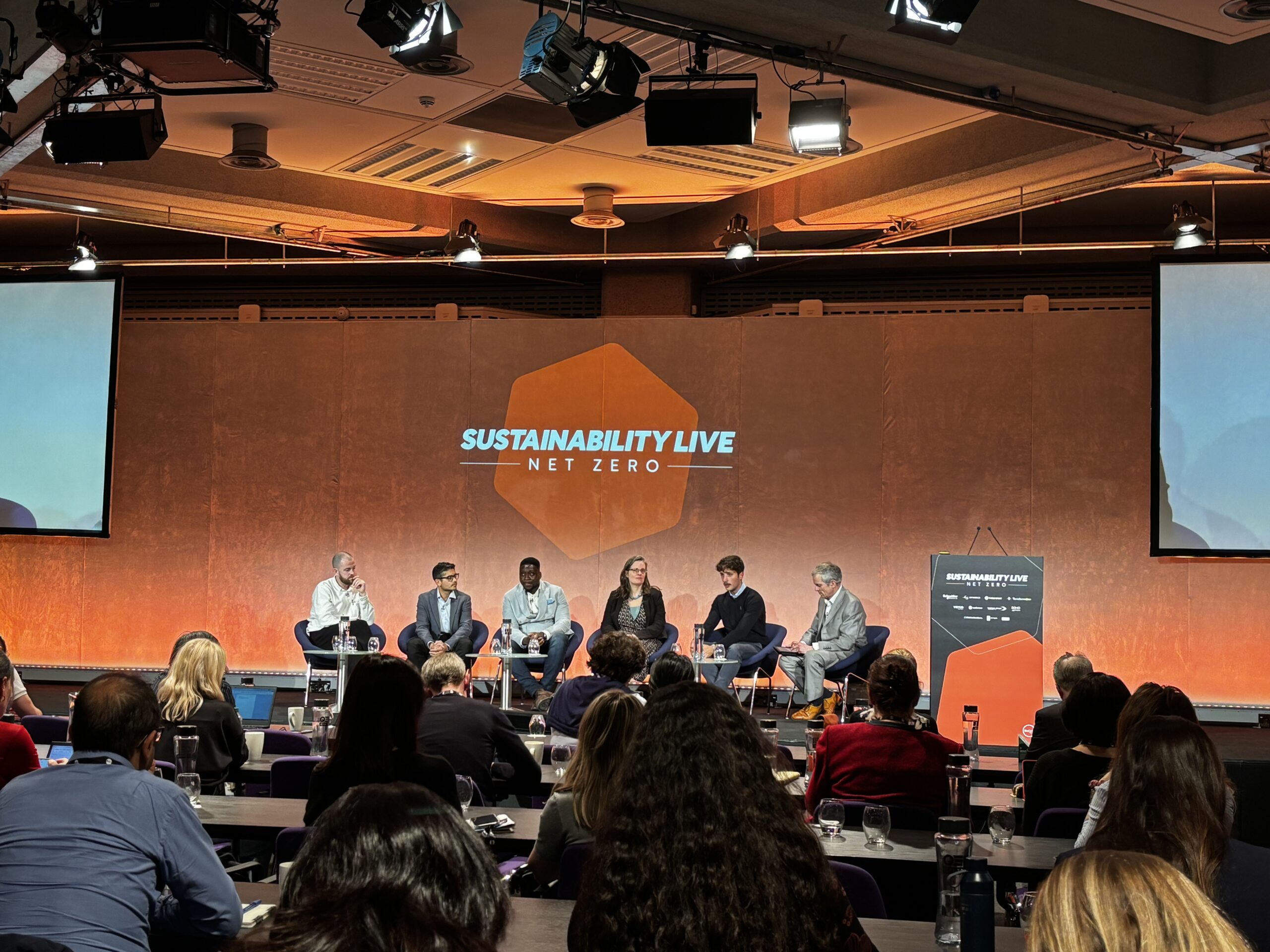An eventful 2024 was full of individual and collective success, but SE10 is already looking towards an exciting future. In this latest blog, members of the SE10 team share their insights on the key trends that may define the PR industry in 2025. From the rise of AI-crafted storytelling to the growing demand for authentic, purpose-driven campaigns, these predictions are as thought-provoking as they are actionable. Looking towards where the communication world may head, these forward-thinking ideas try and help to illuminate what’s next in the exciting arena of public relations, and how SE10 is aiming to stay ahead of the curve.
- Sustainability fatigue requires fresh thinking
The demand for sustainability stories remains strong, but in 2025, only the most innovative and impactful stories will cut through. Clear messaging and case studies demonstrating real results will help build credibility in this saturated space.
“As an industrial B2B PR agency, we need to support our clients with stories that demonstrate significant and tangible progress,” says Hannah Kitchener, associate director, UK. “Moreover, in a challenging business climate where more sustainable solutions often come with higher upfront costs, it’s essential to position environmental initiatives as not just a nice-to-have, but as integral to a company’s long-term success and resilience.”
Julia Shrader, account executive, USA, adds: “Sustainability will remain a key focus in PR and marketing strategies as consumers continue to demand environmentally responsible products and corporate accountability. Storytelling will shift towards showcasing long-term sustainability commitments and measurable impacts. Companies that invest in eco-friendly supply chains, renewable energy, and sustainable innovations will gain a competitive edge by integrating these values into their branding and communications.”
- The pay-per-article model gains traction
The rise of micropayments – small pay-per-article charges – may impact PR strategies as publications explore new revenue models and so marketing and communications teams will need to adapt their media outreach and pitch strategies accordingly.
“I've been reading a lot about micropayments in journalism,” says Rosie Hopkins, account director, UK. “Newspapers and magazines need us to pay for subscriptions now that print revenue has dropped so significantly, however they add up and not everyone can pay for every subscription they want. I would love to see a pay-per-article model and would absolutely use this across a large number of publications that I may not have paid a full subscription for.”
- The rise of AR and VR for immersive content
Immersive technologies will become powerful tools in industrial PR as augmented reality (AR) and virtual reality (VR) offer an engaging way to showcase technical products and demonstrate value.
“AR and VR are emerging as transformative tools in industrial B2B PR and I expect we’ll see more of their utilisation in 2025,” says Zack Shen, account executive, USA. “These technologies go beyond traditional storytelling by creating interactive and immersive experiences that captivate audiences and deliver real value. Industrial PR often involves showcasing complex products, processes, and applications that can be difficult to explain through static content. AR and VR bridge this gap by offering immersive product demonstrations and simplifying technical complexity.
- Thought leadership is more critical than ever
As competition grows, thought leadership helps industrial companies establish themselves as trusted authorities – and executives can use trade publications, conference, and owned media to shape industry conversations.
“In the industrial sector, substance always outweighs style,” says Ben Shaw, CEO. “Decision-makers prioritise expertise, credibility, and practical insights that directly impact their business decisions. This presents a unique challenge – how do you rise above the noise and establish yourself as a trusted authority in the field? The answer lies in strategic thought leadership, which I believe will be even more important in 2025. By showcasing executives and subject matter experts as credible voices, companies can shape conversations around critical topics like innovation, regulation, and sustainability. This approach not only builds trust but also cements a company’s position as a go-to resource for insights and expertise.”
- Data-driven storytelling takes centre stage
In an era of scepticism, data-backed storytelling helps industrial brands inspire confidence and drive action, so communications professionals must master the art of combining numbers with compelling narratives.
“For industrial B2B companies, storytelling rooted in data isn't just about visibility – it’s about impact,” says Mariana Santos, account director, USA. “It's about showing how innovations, processes, or products solve real problems, backed by proof. By blending cold, hard numbers with human-focused narratives, businesses can connect emotionally while delivering the logical assurances demanded.”
- Short-form video dominates content strategies
With shrinking attention spans, short-form videos will remain a powerful tool in 2025. Industrial B2B brands can use social media platforms, especially LinkedIn, to amplify their messages effectively.
“I am keen to push the limits for our clients and continue to explore creative ways to best reach their audience,” says Yasmin Abraham, digital marketing manager, UK. “I think utilising short-form video content is going to be a key content strategy for industrial B2B brands, as it offers a powerful way to engage potential customers quickly and effectively. With the demand for this bite-sized, engaging content growing, leveraging platforms where the algorithm favours this type of content is going to be a successful strategy.”
“There is still an important space for written content, but this will be increasingly balanced with video,” adds Jack Porter, account manager, UK. “What is exciting will be the number of avenues opened to explore in order to convey and reinforce messages to end-users and customers.”
- AI powers hyper-personalised communication
AI will continue to revolutionise PR by enabling personalised, data-driven strategies, but brands must balance automation with transparency and ethical practices to maintain trust.
“The integration of artificial intelligence and machine learning in PR and marketing is redefining how brands engage with consumers,” says Matt Pearman, associate director, Singapore. “In 2025, personalisation will take centre stage, with AI-powered tools enabling hyper-targeted campaigns that resonate with diverse cultural and linguistic audiences across the region. Chatbots, predictive analytics, and AI-driven content creation will allow marketers to deliver relevant, real-time interactions, driving customer loyalty and brand trust. Furthermore, as consumers increasingly value authenticity, brands will need to ensure that AI tools are used responsibly and inclusively.”
- AI must be balanced with human expertiseThe future of PR lies in leveraging AI for efficiency while prioritising human expertise to maintain authentic connections and genuine thought leadership.
“I think we are poised to emphasise the symbiotic role of AI and human expertise, as the technology proves to alleviate mundane, day-to-day tasks, allowing PR agencies to channel efforts into strategy and media relations,” says Damian Joseph, vice-president, USA. “The influence of forums like Reddit, now public, is expected to soar, with tools such as Google’s new ‘Forums’ search feature helping brands tap into authentic community conversations. Simultaneously, diminishing trust in mainstream media is shifting priorities toward niche trade publications, valued for credibility among decision-makers, and the rise of companies as self-publishers, crafting their own narratives to maintain transparency and trust.”
- Micro-influencers drive authentic connections
Micro-influencers are individuals with smaller, highly engaged followings – typically ranging from 1,000 to 100,000 followers – who focus on specific niches or industries. They offer authenticity and credibility, especially in specialised fields, where their expert-driven content has strong potential to resonate with B2B decision makers.
“Micro-influencers are emerging as powerful voices,” says Ricardo Rosa, account director, USA. “Their credibility stems from real expertise – whether it’s in manufacturing, technology, or logistics – and their audiences are highly targeted, making their impact more measurable and relevant. A recommendation or insight from a micro-influencer often carries more weight than traditional advertising. In 2025, B2B brands will increasingly turn to these individuals to amplify PR campaigns, drive thought leadership and foster authentic connections. By collaborating with micro-influencers, companies can tell compelling stories, build trust, and reach highly engaged professional communities.”
- Employer branding becomes a PR priority
In 2025, businesses will increasingly use PR to showcase their culture and values, positioning employees as central to their success. Employer branding will be important for strengthening both talent acquisition and reputation.
“Traditionally, B2B communication has focused on products, technology, and innovation,” says Salmah El Haissane, account manager, Singapore. “However, in the coming years, industrial businesses must recognise that their greatest asset – people – is at the heart of their competitive advantage. Investing in employer branding will not only attract top talent but also enhance their public image and strengthen client trust. Employees aren’t just workers – they’re advocates, innovators, and brand builders. The future of industrial B2B PR belongs to companies that value their people as much as their products.”
As the PR landscape evolves at breakneck speed, SE10 is poised to embrace the challenges and opportunities of 2025 with confidence and creativity. The team is already exploring how emerging trends like AI-driven content, hyper-personalised communication, and a renewed focus on transparency and purpose-driven messaging will reshape the industry. SE10’s forward-thinking approach is to remain at the forefront, helping clients navigate the shifting tides of public relations while driving authentic connections and meaningful engagement. With a keen eye on innovation and a commitment to delivering results, SE10 is ready to lead the charge in a transformative year for PR.
Looking to future-proof your PR strategy and leverage these trends to drive meaningful results? Get in touch today and let’s shape the future of industrial B2B communication together.

Jack Porter
Account Manager
About the author
Jack is an account executive based in London, UK, who joined SE10 in 2022, assisting with media coverage and campaign management for European accounts. Arriving from a background in sports writing and video content production, thoughtfulness and consideration in presentation, and networking and building strong client relationships are key skills that have transitioned easily into PR. Jack has extensive experience in interviewing knowledgeable subjects and conveying received information to a wider readership in an understandable, relatable tone.



